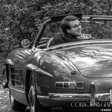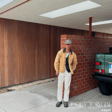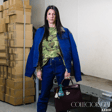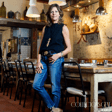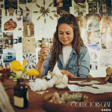
Barry Bordelon & Jordan Slocum - The Brownstone Boys
Today I’m joined by the dynamic duo behind The Brownstone Boys—Barry Bordelon and Jordan Slocum. Known for their thoughtful restorations and their deep respect for architectural heritage, Barry and Jordan have built a design practice rooted in restoration, storytelling, and heart.
What began with the renovation of their own Brooklyn brownstone sparked a passion for salvaging and preserving historic elements—everything from forgotten chandeliers to painted-over hardware. Since then, they've become celebrated voices in the world of preservation and design, known for breathing new life into old spaces while honoring the soul of what came before.
Along the way, they’ve built an impressive roster of clients that includes names like Kerry Washington, Athena Calderone, and Peloton’s Anna Greenberg, and they’ve cultivated a devoted community through their blog, Instagram, and their book, For the Love of Renovating.
We explore their emotional connection to the pieces they collect, the thrill of discovery, and the belief that sometimes the most meaningful design begins with what’s already there—hidden behind the walls, in the attic, and beneath the floorboards.
So please enjoy, this is Barry & Jordan, The Brownstone Boys, for Collectors Gene Radio.
The Brownstone Boys - https://thebrownstoneboys.com/
Cameron Steiner - https://www.instagram.com/cameronrosssteiner
Collectors Gene - https://www.collectorsgene.com





